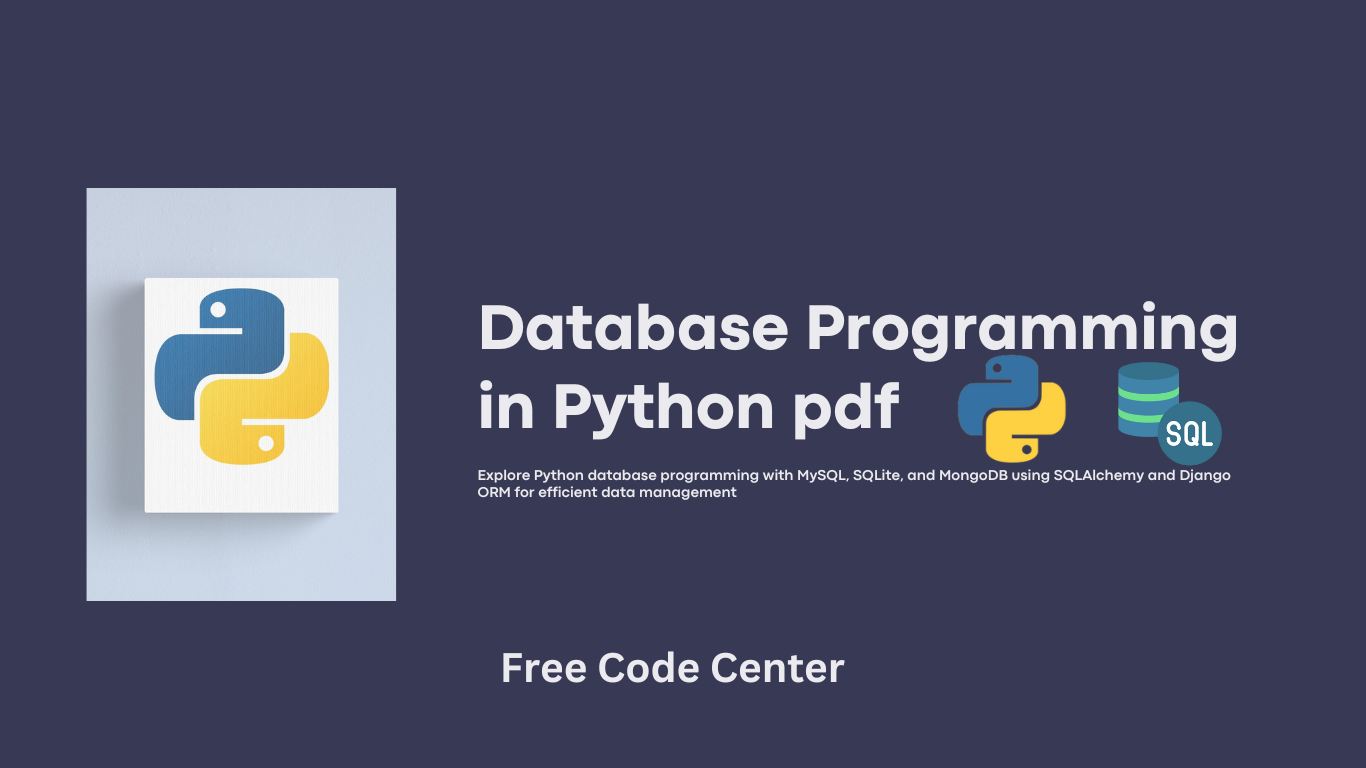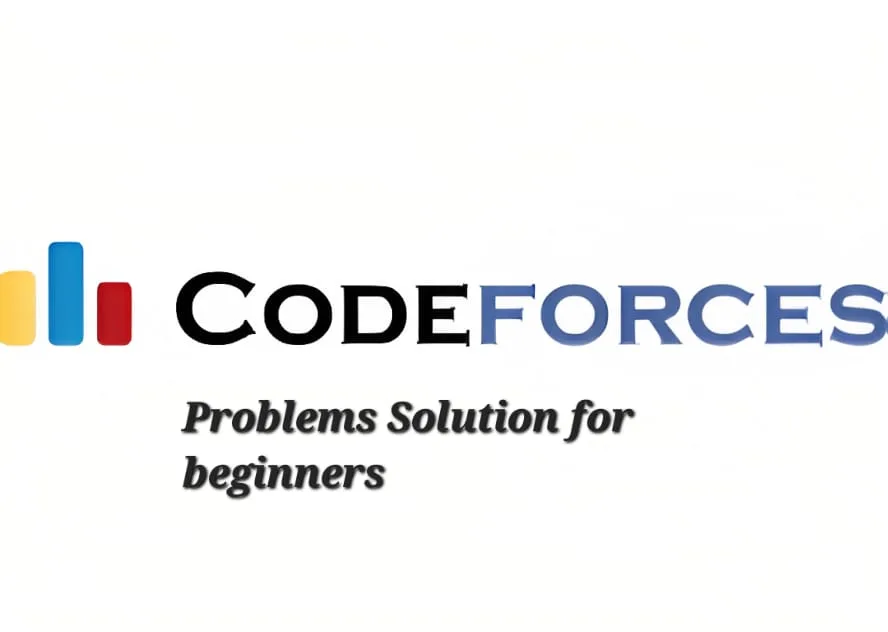So, you are looking to take your very first plunge into the fascinating world of database programming, this time with Python? Nice choice! This powerful language not only enhances easiness in the handling of data but also makes applications a little bit more fun. It is nearly impossible to develop a web app or carry out data analysis without interfacing with databases. Then, let’s go to the engaging technology of Python. In this chapter, we will comprehend what exactly consists of database programming in Python.
Database Programming in Python pdf. Why is Python for Database Programming?

More and more often, for database management development, the developers favor using a programming language, namely Python. But why? Let us look at some of them here.
Ease of Learning
First of all, there are no safeguards that prevent children from using simple programming languages. Just starting out and trying to code? Writing database queries will seem like chatting, in a normal way, without the need to crack some ‘heart’ code. This allows learners to comprehend and understand complex topics without being intimidated.
Rich Ecosystem of Libraries
Another reason is its rich ecosystem. Users will discover that Python has numerous libraries, which can facilitate database connectivity. There is no need to recreate a novel; rather, optimized solutions are readily available for use.
Popular Libraries for Database Interaction
Some popular libraries include:
- SQLite3: Great for lightweight database applications.
- SQLAlchemy: An ORM (Object Relational Mapper) that allows you to interact with databases using Python classes.
- Peewee: A small but powerful ORM that’s easy to use.
Types of Databases You Can Work With
Databases, under which we have two main categories – relational and NoSQL. In this section, we will try to demystify them one at a time.
Relational Databases
This type of database comprises several records with well-defined relations. They are similar to an Excel sheet with each row standing for a record and each column being a field.
Examples: MySQL, PostgreSQL
Mysql and Postgres are two major adversaries in the fight for users in the relational database environment. They pack a punch and come in handy with enterprise applications.
NoSQL Databases
On the other hand, we have NoSQL database systems that have been invented for information with no structure. They enable flexibility and are very scalable hence suite for big data interventions.
Examples: MongoDB, Cassandra
At this point, you would rather opt for MongoDB as a document-oriented database that lets you store data in a JSON-like structure. However, Cassandra is more appropriate if you are looking to store a lot of data and have it spread across many servers.
Setting Up Your Python Environment
Now to the more fun part, that is technically coding. But first, let’s prepare your environment!
Installing Python and Necessary Packages
Make sure you have Python installed on your machine. You can download it from python.org. Once installed, you can easily add packages using pip (Python’s package installer).
pip install sqlite3
pip install sqlalchemy
Using Virtual Environments
Using virtual environments is a best practice as it keeps your project dependencies organized. You can create one using:
python -m venv myenv
source myenv/bin/activate # On Windows use `myenv\Scripts\activate`
Connecting to a Database in Python
Now that your environment is set up, let’s connect to a database!
Using SQLite for Beginners
SQLite is perfect for beginners because it’s lightweight and easy to set up. Here’s how you can create a simple SQLite database:
import sqlite3
# Connect to the database (or create it if it doesn't exist)
connection = sqlite3.connect('mydatabase.db')
# Create a cursor object
cursor = connection.cursor()
# Create a table
cursor.execute('''CREATE TABLE users (id INTEGER PRIMARY KEY, name TEXT)''')
# Commit changes and close the connection
connection.commit()
connection.close()
Connecting to MySQL and PostgreSQL
For more advanced projects, you might want to connect to MySQL or PostgreSQL. Here’s how:
import mysql.connector
# Establish connection
connection = mysql.connector.connect(
host='localhost',
user='yourusername',
password='yourpassword',
database='yourdatabase'
)
# Create cursor
cursor = connection.cursor()
Performing CRUD Operations in Python
Now that we’re connected, let’s dive into CRUD operations — Create, Read, Update, Delete.
Create Operations
To add new records:
cursor.execute("INSERT INTO users (name) VALUES ('John Doe')")
connection.commit()
Read Operations
To fetch records:
cursor.execute("SELECT * FROM users")
for row in cursor.fetchall():
print(row)
Update Operations
To modify existing records:
cursor.execute("UPDATE users SET name = 'Jane Doe' WHERE id = 1")
connection.commit()
Delete Operations
And finally, deleting records:
cursor.execute("DELETE FROM users WHERE id = 1")
connection.commit()
Handling Errors and Exceptions
When working with databases, things don’t always go as planned. Handling errors gracefully is essential. Use try-except blocks around your database operations:
try:
# Your database code here
except Exception as e:
print(f"An error occurred: {e}")
Best Practices for Database Programming in Python
To wrap things up neatly, here are some best practices:
- Always close your connections.
- Use parameterized queries to prevent SQL injection.
- Regularly back up your databases.
- Keep your code clean and well-documented.
Conclusion
And there you have it! You now have the basic knowledge that you will need to get down to database programming in Python. Whether you’re creating simple applications or a system of applications, these skills will take your programming to the next level!
SQLite is usually recommended due to its simplicity and easy installation.
Of course! Several cloud services include support for connections from applications created in Python.
Not necessarily, while it does help to get rid of many tasks, small projects don’t necessarily need an ORM.
Connections without close and not using parameterized queries are believed to be common habit errors.
Make queries more efficient, don’t overdo the use of indexing and cache data that is accessed often.
Feel free to ask if you need more information or any specific details!





